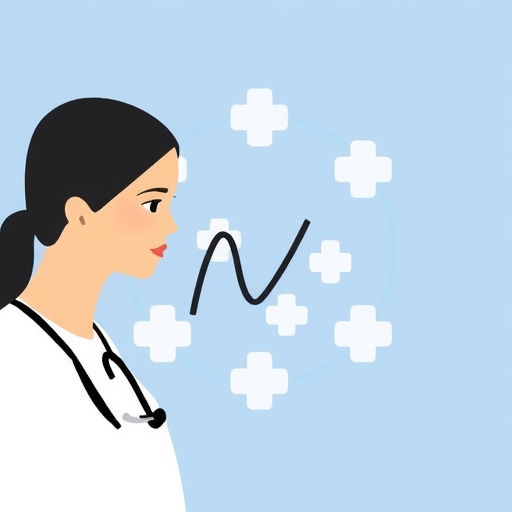CORVALLIS, Ore. – New research suggests the bacteria that cause tuberculosis alter their metabolism to combat exposure to antimicrobials, and that these metabolic "escape pathways" might be neutralized by new drugs to shorten the troublesome duration of therapy.
The findings are important because the respiratory disease kills nearly 2 million people a year worldwide, and its long treatment regimen leads to poor compliance and, in turn, drug-resistant germs.
Oregon State University scientist Luiz Bermudez estimated that decreasing the time of treatment from six months to three weeks would likely eliminate many of the compliance problems.
His research may be a key step toward that shorter therapy.
About one-third of the global population is infected with the bacteria that cause TB – Mycobacterium tuberculosis, or Mtb – though only a small percentage will develop the actual disease. For those who do, treatment is basically the same now as it was a half-century ago: taking a combination of drugs for six months because the germs do not die easily or quickly.
As Bermudez notes, anyone who's ever had trouble sticking with a 10-day antibiotic regimen for an ear infection can understand the hurdles in taking multiple medicines for a couple of dozen weeks – especially given the numerous side effects of the TB drugs.
Another compliance issue is that tuberculosis is particularly prevalent in impoverished countries in which patients often live great distances from pharmacies and other medical facilities.
"Because of problems with compliance, you have resistance becoming more and more of an issue," said Bermudez, a physician and a faculty member in OSU's College of Veterinary Medicine. "And the second line of drugs is much more toxic than the first line of drugs."
Bermudez and collaborators at the veterinary college, as well as researchers at Oregon State's colleges of science and pharmacy and Oregon Health & Science University, took a biology-driven approach to learn how Mtb prolongs survival following exposure to bactericidal concentrations of antimicrobials.
Researchers investigated how the bacteria reacted to each class of anti-TB drug with the goal of making headway toward developing a more-reasoned combination therapy.
They studied the proteomic responses of the bacteria to five compounds – isoniazid, rifampicin, moxifloxacin, mefloquine and bedaquiline – and discovered escape pathways and enzymes associated with changes in metabolic state.
"When we looked at the enzymes carefully, we realized the enzymes being synthesized by the bacteria were enzymes connecting several different metabolic pathways," Bermudez said. "Then we came up with the idea that maybe what the bacteria were trying to do, in the presence of a bactericidal compound that was threatening their way of living, was use other ways to survive. One of the things we saw, for example, was a shift to an anaerobic metabolism, which makes a lot of drugs inactive and incapable of killing bacteria.
"The gene inactivation of some of these enzymes results in improved drug efficacy against Mtb," he said. "The identified proteins may provide powerful targets for development of synergistic drugs aimed to accelerate bacterial killing."
Bermudez said that using a combination of drugs to treat tuberculosis arose as an attempt to prevent antibiotic resistance.
"But the antibiotics used were never a rational combination of drugs and in some cases they could antagonize each other," he said. "If we can use another compound that inhibits bacteria from shifting metabolic pathways, then we get a more reliable and desirable synergy of therapy. That might have a significant impact on reducing the time needed for therapy and improving compliance and, consequently, reducing the emergence of resistance."
###
Findings were published recently in Antimicrobial Agents and Chemotherapy. The National Institutes of Health supported this research.
Media Contact
Luiz Bermudez
[email protected]
541-737-6532
@oregonstatenews
http://www.orst.edu
############
Story Source: Materials provided by Scienmag




